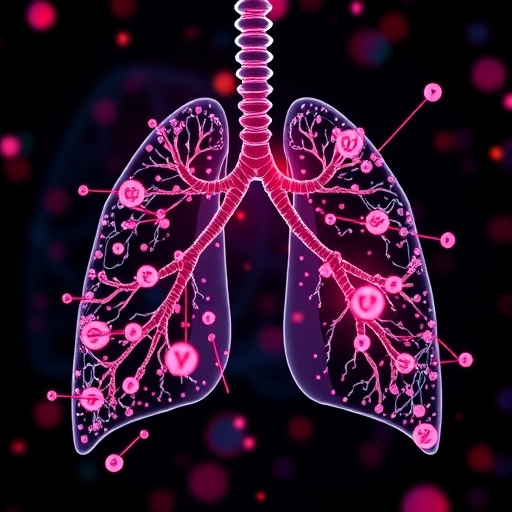Report says transferring treatment; eliminating out-of-network insurance charges should be considered
Lung cancer patients who had a hurricane disaster declared during radiotherapy had worse overall survival than those who completed treatment in normal circumstances, with longer disaster declarations associated with increasingly worse survival. The finding comes from a report by American Cancer Society investigators published in JAMA, which suggests several mitigation strategies, including arranging for transferring treatment and eliminating patient out-of-network insurance charges during disasters.
Natural disasters such as hurricanes can interrupt the provision of oncology care. Radiotherapy is particularly vulnerable because it requires dependable electrical power and daily presence of specialized teams and patients for treatment delivery. Disruptions are especially concerning for patients undergoing treatment for locally advanced non-small cell lung cancer (NSCLC) because treatment delays as little as two days can impact survival.
To learn whether hurricane disasters were associated with poorer survival, investigators led by Leticia Nogueira, PhD, MPH, of the American Cancer Society compared outcomes for patients undergoing radiotherapy for nonoperative locally advanced NSCLC between 2004 and 2014 from the National Cancer Database, a hospital-based database that captures approximately 70% of newly diagnosed cancers in the United States. Among those, 1,734 patients who had a hurricane disaster declared during radiation treatment were matched with an equal number who were not exposed but had similar characteristics.
For the group experiencing a hurricane disaster during treatment, the total number of deaths was 1,408; mean survival time was 29 months; and 5-year survival estimate was 14.5%. For the unexposed group, the total number of deaths was 1,331; mean survival time was 31 months; and 5-year survival estimate was 15.4%. Patients affected by a hurricane disaster had longer radiation treatment durations (average 66.9 vs 46.2 days) and significantly worse overall survival than matched unexposed patients.
The adjusted relative risk for death increased with the length of disaster declaration, reaching 27% higher for disasters lasting 27 days. The association became nonsignificant after 30 or more days, but only 19 declarations out of the 101 included in the study lasted that long.
The strengths of the study include its use of a large national sample with detailed sociodemographic, clinical, and treatment information and adequate follow-up periods. The limitations include lack of information about smoking history, performance status, treatment toxicity, reasons for or exact dates of treatment breaks, and other hurricane-disaster associated factors (e.g.: displacement, mental health status, and physical functioning).
“While we could not analyze every potentially explanatory factor for the poorer outcomes in our study, treatment delay is one of the few hurricane-related disruptions that can actually be prevented,” said Dr. Nogueira. “Cancer patients receiving radiotherapy are a vulnerable population, and right now, there are no recommended strategies to mitigate treatment delays, so disaster management efforts that include tactics to identify patients, arrange for their treatment to be transferred, and to eliminate out-of-network insurance charges should be considered.”
The authors say research is needed to evaluate the potential impact of other types of natural disasters on cancer and other diseases and their treatments.
###
Article: Association Between Declared Hurricane Disasters and Survival of Patients With Lung Cancer Undergoing Radiation Treatment; JAMA 2019
DOI: 10.1001/jama.2019.7657
Media Contact
David Sampson
[email protected]
http://dx.




